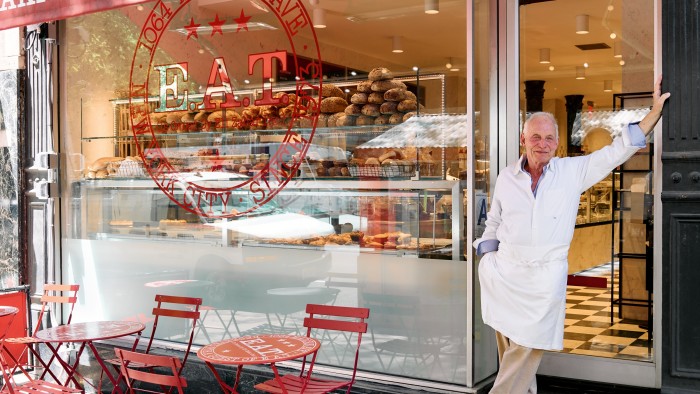
Unlock the Editor’s Digest for free
Roula Khalaf, Editor of the FT, selects her favourite stories in this weekly newsletter.
Eli Zabar is always striving for perfect. The perfect whitefish (“I’m always testing to see if there’s enough lemon”), the perfect cheesecake. Right now he’s trying to replicate a bread he had in Paris (“There’s this crust! I want that crust”). His goal, he says, is to make food you want to break a corner off. And his speciality food store and restaurant, EAT, on the Upper East Side, is a showcase of those bests. “Doesn’t that look delicious?” he asks as a pastrami sandwich passes us. “Don’t you just want to…” he reaches his hand toward the floppy pastrami, then continues talking about crust.
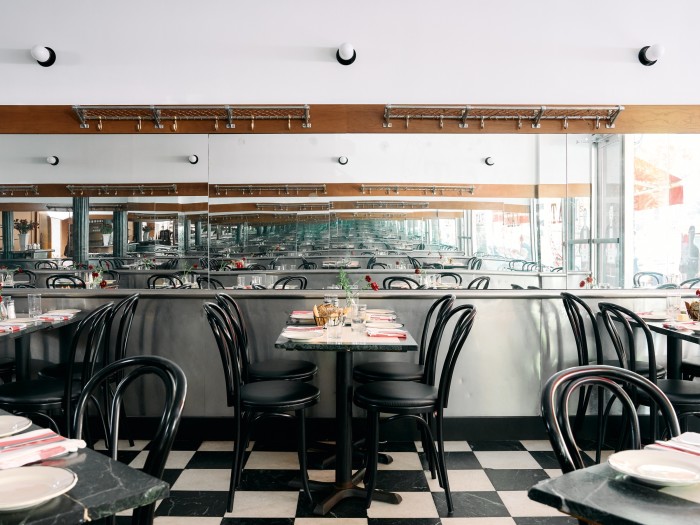
Eli Zabar is the youngest son of the famed Zabar family, who founded the Jewish food emporium on the Upper West Side in 1934 – but this is not that Zabar’s. In 1973, Eli crossed the park to open his own speciality food store, collecting the best breads from around the city, and importing delicacies like French cheeses and crème fraîche before that was common. Soon he started to bake, expanding to add a restaurant next door. That restaurant became home to New York’s creative cognoscenti, from Nora Ephron to the art collector Heinz Berggruen. EAT has since become an institution on Madison Avenue, two idyllic left turns from the Met.
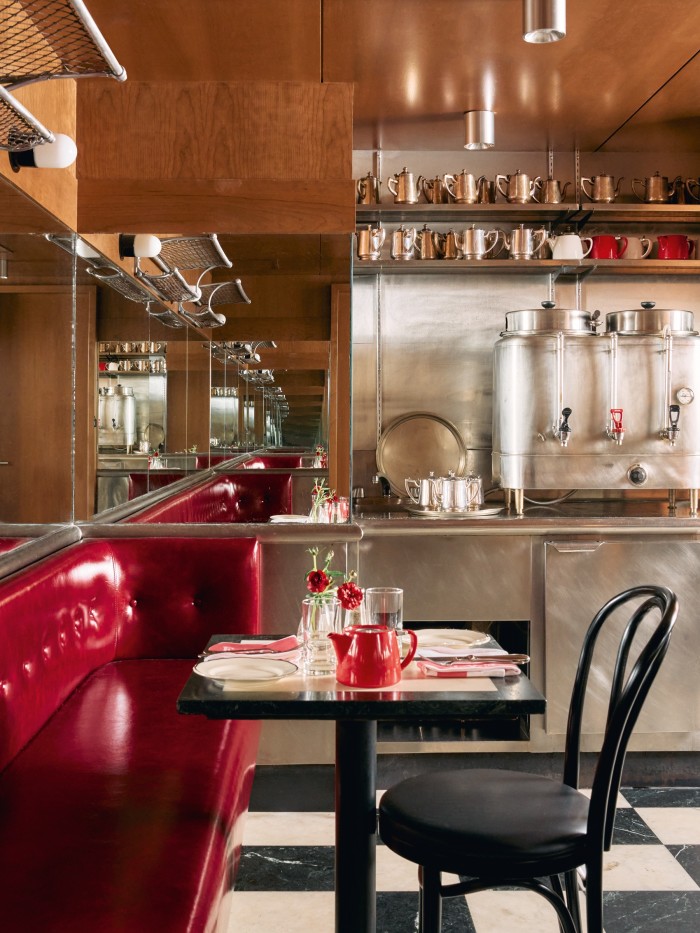
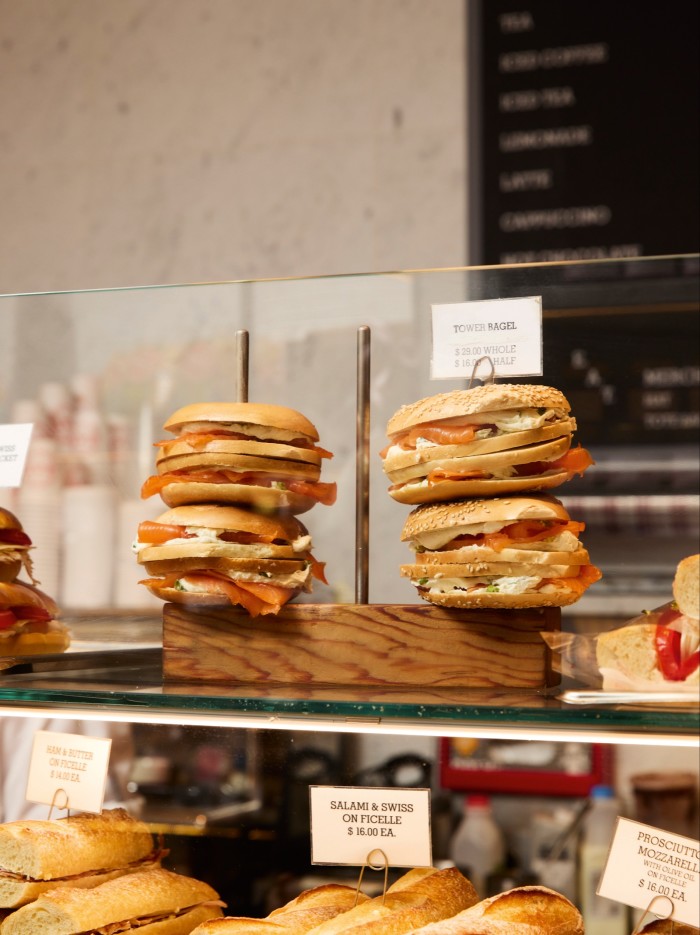
Eli still runs the place (among others), with his wife Devon and sons Oliver and Sasha. In the ’70s, Eli says, the Met was “a very sleepy place”, but the side streets were full of art dealers who became customers, including Leo Castelli, who established the modern gallery system, and clients such as Frank Stella and Andy Warhol. Warhol never came alone, “always with a strange entourage”, says Eli, and his mother Julia came “all the time” for lunch. The ’80s and the ’90s brought a stream of bigwigs: writers, producers and directors in the morning (“and their lawyers and agents!”), and music moguls in the afternoon (“They spent like crazy. They’d say, ‘Send a gift basket to Madonna, cost doesn’t matter, just make sure it’s big!’”). These days, EAT’s regulars are neighbourhood families, European tourists, and the children and grandchildren of those original customers.
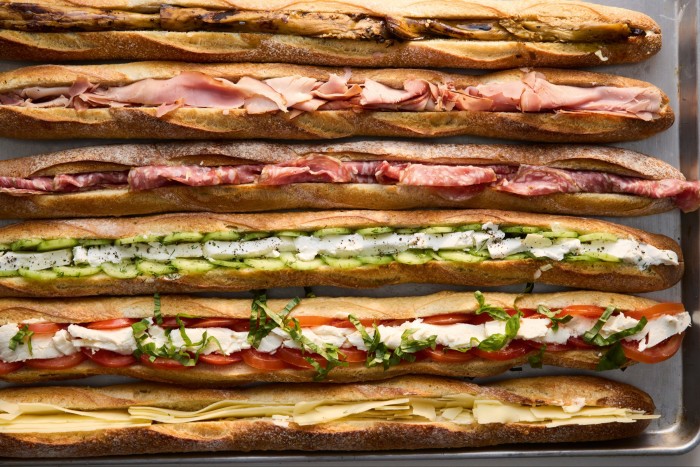
Devon describes EAT as “the original modern deli”, but Oliver and Eli protest the label “deli”. Oliver says it’s more European, one of the few places in New York that has quality everything: breakfast, lunch, eat-in, takeaway, catering. Eli prefers “appetising store”, a phrase his parents also used to describe Zabar’s. “There are very few places left in Manhattan where everything is delicious,” he proclaims. “That’s what appetising means to me.” He points to a peanut butter and jam sandwich at the register. “You have to think about these things. What is the essence of this? What do I really love? When you eat these, you want to get it all over you. You want the bread to be sooooft.” He squishes it in delight.
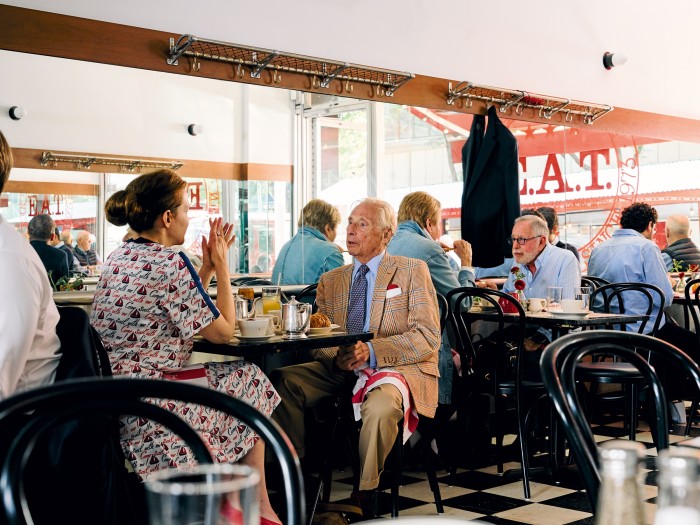
This year, the building completed a renovation under the direction of architecture firm Charlap Hyman & Herrero, whose co-founder Adam Charlap Hyman was a childhood EAT customer himself. The regulars all said the same thing: fix the bathrooms, don’t change anything else. “People were concerned that the soulful part of their experience here would be turned into a hokey, millennial-pink thing,” Charlap Hyman says.
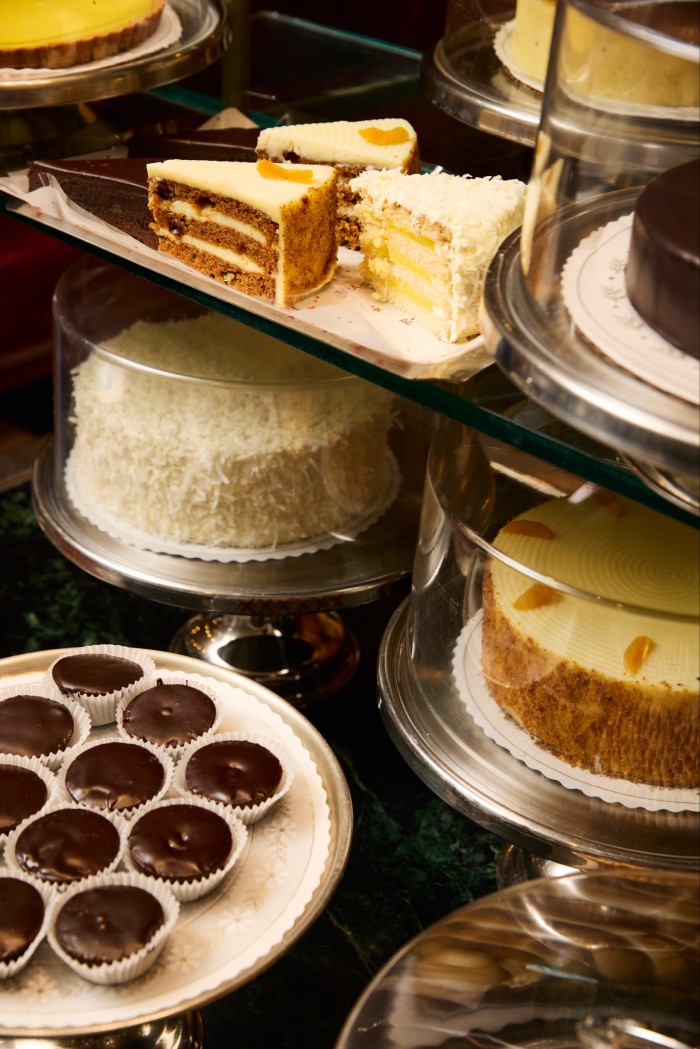
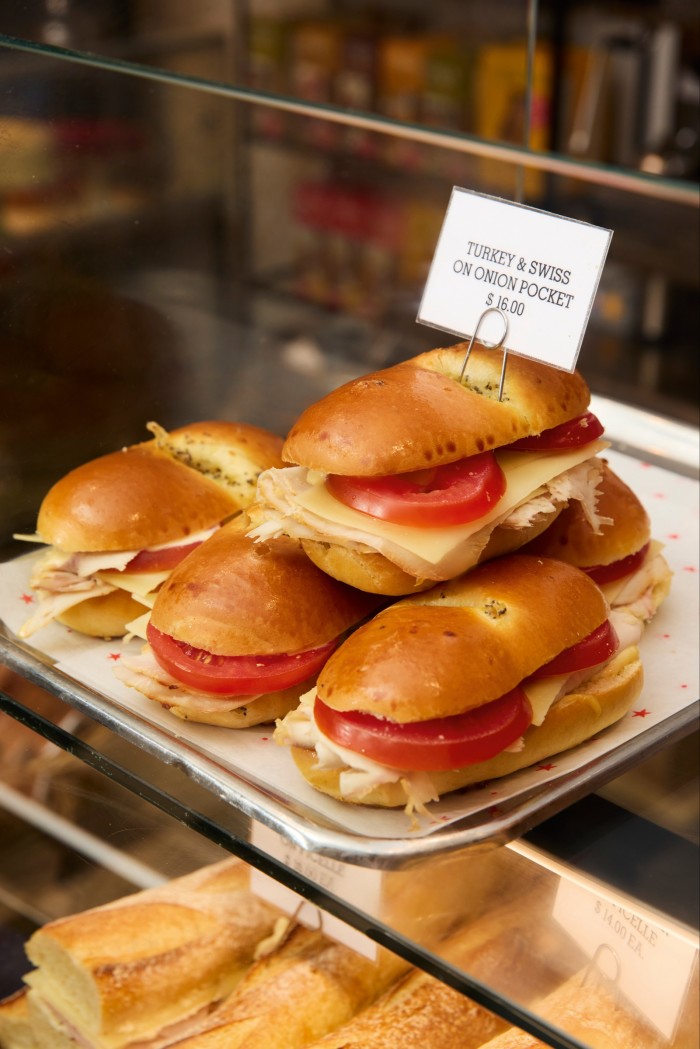
They decided to preserve it from “stroller height down”: keep the stainless-steel chair rail and iconic chequered floors, but use warm wood and Carrara marble. Improve the flow and redo the bathrooms, but still allow some chaos, making it feel “logical, but maybe sometimes crossing over into a little bit magical”.
Eating lunch at EAT does feel somewhat surreal, like being in the present and in a New York memory. I order the pastrami sandwich, with a side of whitefish, and “Eli’s brownie” for dessert. The whitefish is fluffy, pastrami tender and tangy, the brownie fudgy. Every bite is, indeed, perfect.
EAT, 1064 Madison Ave, New York; e-a-t.nyc

